CATTLE DRIVES
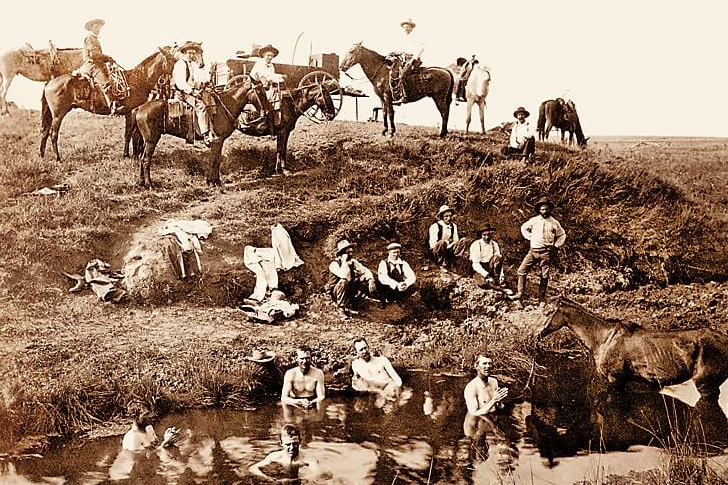
Cattle drives took a lot of time and were a popular activity in the Old West. In detail, cattle drives take three months at a time. Due to the booming cattle industry and rise of business investments between the 1850s to 1910s, millions of cattle were driven from Texas to as far as Kansas. Then the shipment took place in the east, specifically in Louisiana. Imagine how challenging it was for the cowboys! This photo captured shows bathing cowboys after a long, tiring day of work. Good to know they’d find the time to refresh and relax even just for a little while.
PHOTOGRAPHY
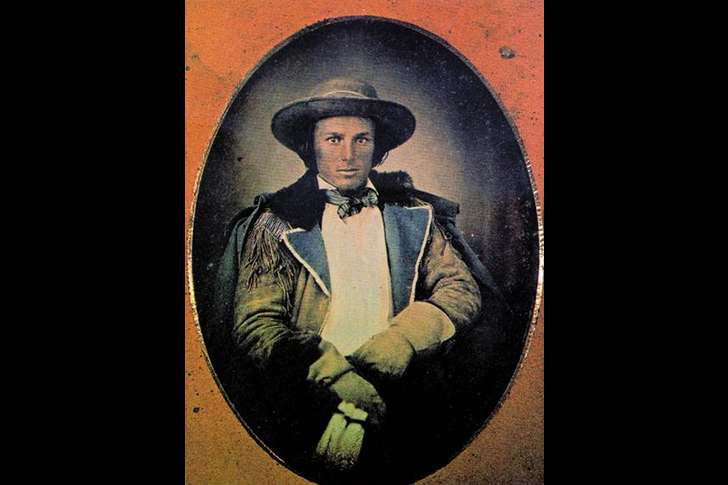
This photo may lack details as to who this dapper man in the cowboy suit is, but this indeed sparks our interest and curiosity. This was captured during the Wild West era in the 1850s when different photography styles were discovered. This was called a daguerreotype, credited to the inventor and photographer Louis Jacques Mandé Daguerre. The daguerreotype is the technique where an image is printed on copper plates with a coat of silver without the use of a negative. There was also another technique that was discovered which was called the ambrotype, where the photo was printed on a glass plate.
EMIGRANTS
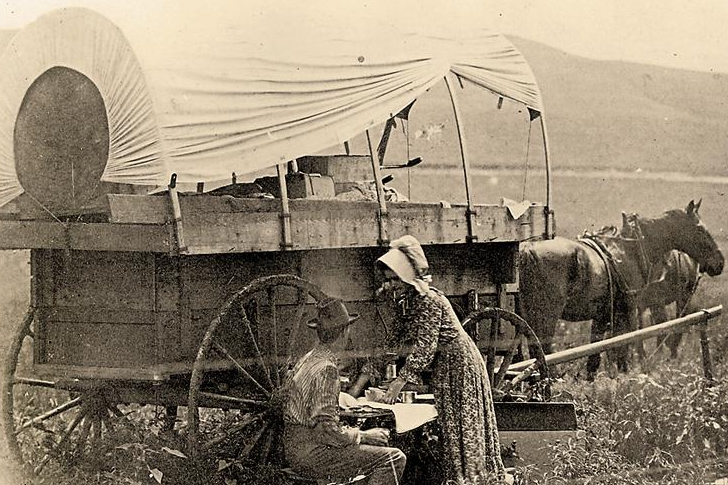
Life in the Wild West consists of cowboys, horses, ranches, gambling, gunslingers, and a lot more. This may usually be the portrayal of the western era in the media today, but photos like this one show the real life of settlers. Back in the day, experiencing danger was inevitable. There were threats as numerous outlaws were on the rise to the degree that settlers emigrate to different towns or a less civilized place. In this photo are husband and wife, possibly migrating to another area but took a break in Greenwood County, Kansas to eat, and loosen up.
TYPICAL FRONTIER COWBOY
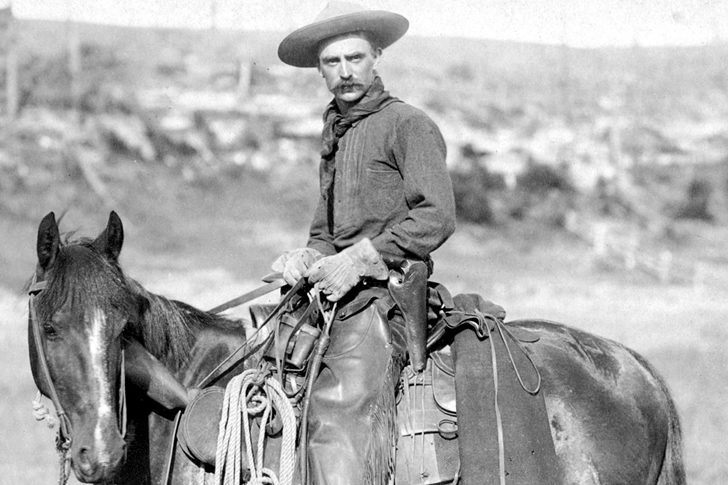
This image was featured in an 1871 newspaper article in Kansas. It described the typical frontier cowboy outfit, “a flannel shirt with a handkerchief encircling his neck, butternut pants and a pair of long boots.” Indeed, this man in the photo is a typical cowboy. Also, most cowboys are seen in their signature ten-gallon hat, fringes on coats and trousers, leather belt and boots, and carrying lassos. Cowboys actually originated in Mexico, and the word cowboy is credited to the Spanish word “vaquero”, which means animal herder. The average cowboy in the Old West earned at least $25 to $40 per month.
TEXAS JOHN SLAUGHTER AND COWBOYS
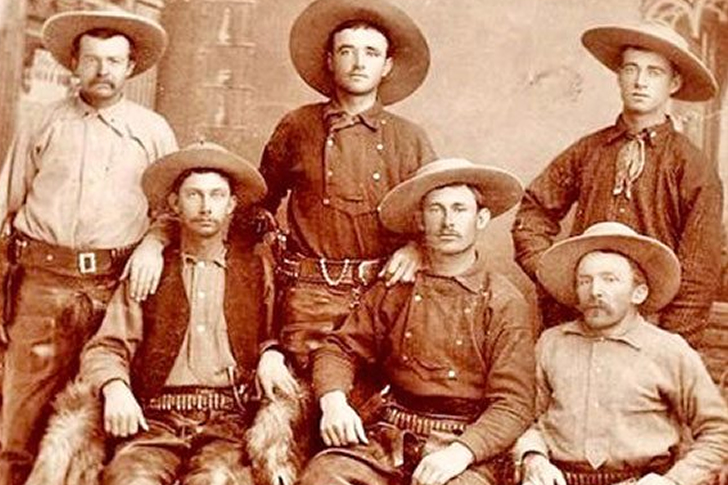
This portrait depicts a group of cowboys identified as Texas John Slaughter and his workers. It was captured in 1885. Slaughter was a cowboy, lawman, and rancher in the Southwestern United States. He was a Texas Ranger and defended settlers against dangerous Native American tribes. He served the Confederate States Army during the Civil War and battled in Comanche and Apache Wars. He also captured outlaws in the New Mexico and Arizona territories. Slaughter also had a business investment called San Antonio Ranch Company, a cattle-transporting company. He also established a ranch in Arizona before being elected sheriff of Cochise County.
BAT MASTERSON AND WYATT EARP

We have mentioned infamous outlaws but here are two prominent lawmen in the Wild West history named Bat Masterson and Wyatt Earp. Masterson gained fame as a sheriff and gunfighter in Dodge City and was known for his successful shootouts. While Earp was credited as a tough U.S. Deputy Marshal known for his participation in the gunfight at the O.K. Corral. Wyatt Earp formed a commission to fight against the notoriety and to bring law and order in Dodge City. The commission was composed of gunfighters including Bat Masterson. They were called the Dodge City Peace Commission in 1883.
APACHE
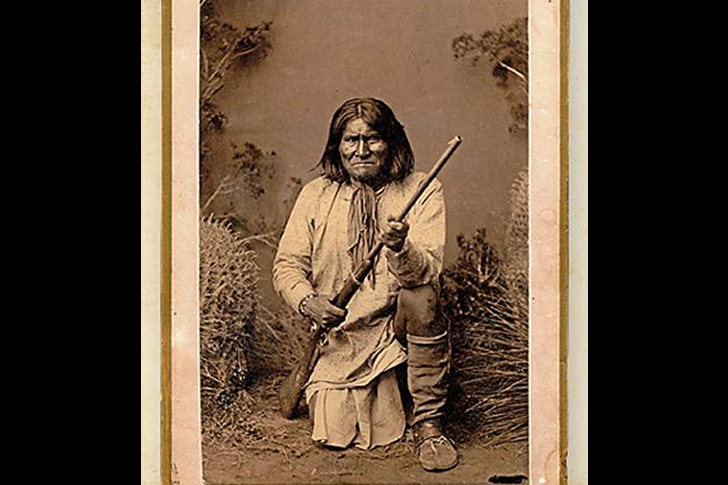
This is a photo of Geronimo, believed to be photographed in 1884. Geronimo was a popular icon in the Wild West era. He was an Apache leader and a respected medicine man. He led Apache families against the Mexican Army and resisted being sent to reservations by the U.S. government. However, he surrendered in 1886 and was transferred to many different areas in the U.S. In a world fair in 1904, Geronimo sold pictures of himself and souvenirs. Towns in Arizona, Texas, and Oklahoma are credited to his name. His life story was also adapted into film and books.
INDIAN POLICE

This is a photo of two Show Indians seated with Buffalo Bill. The Native Americans, credited for their savage and wild ways, agreed to abide by the rules and regulations of the Wild West Company which led to the creation of the Indian Police. The Indian Police were assigned to enforce the rules and to maintain peace and order among the performers and prevent fights. The usual ratio was one police for a dozen Indian performers, and these policemen were given badges and paid $10 every month. In 1898, there were two leaders of Indian Police – Chiefs Iron Tail and Short Man.
NATIVE AMERICAN WOMEN
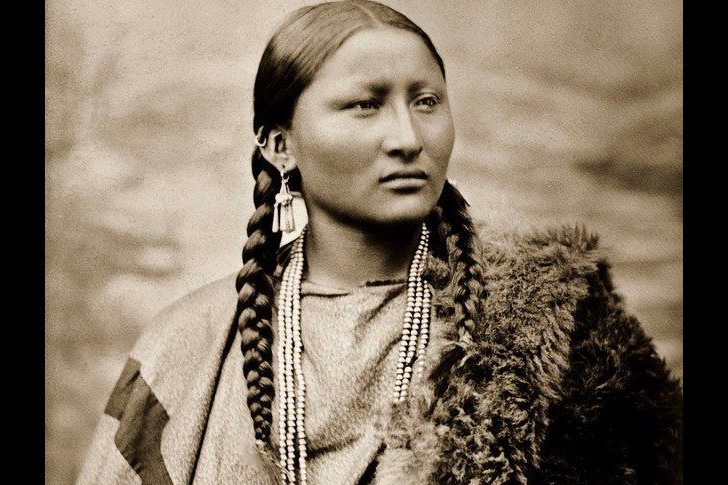
The Native American men and women’s responsibilities were well-defined. Men do the hunting, traveling, and become blacksmiths, while women do the child-rearing, managing the household, and making clothing. In this photo is actress Barbara Rush, who portrayed a Native American woman in the 1954 film Taza, Son of Cochise. The film involves the end of the Apache Wars but resurged again after disputes within a family. Hollywood often portrays Native American women in such a romantic and carefree way, but the truth is, they have responsibilities to fulfill. More than just housewives or mothers, they are credited to be warriors too.
ANNUAL HORSE SHOWS
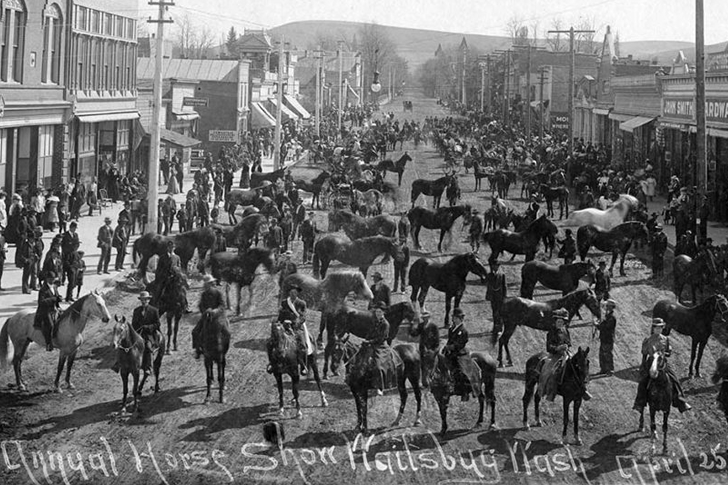
Cars and trucks were not available in the Wild West back in the day, and their means of transportation within the vicinity were limited to horses. Before car shows were on the market, there were also horse shows. This photo pretty much describes it. Horse shows took place every year in different towns including in Waitsburg, Washington. Horse shows are credited to cowboy stunts and horses performing a variety of disciplines. The highlights would usually include trick-riding, sharp-shooting, and horse to carriage transfers. Whoever impresses the audience and panel the most, wins. To this day, it is still being practiced in many places.

